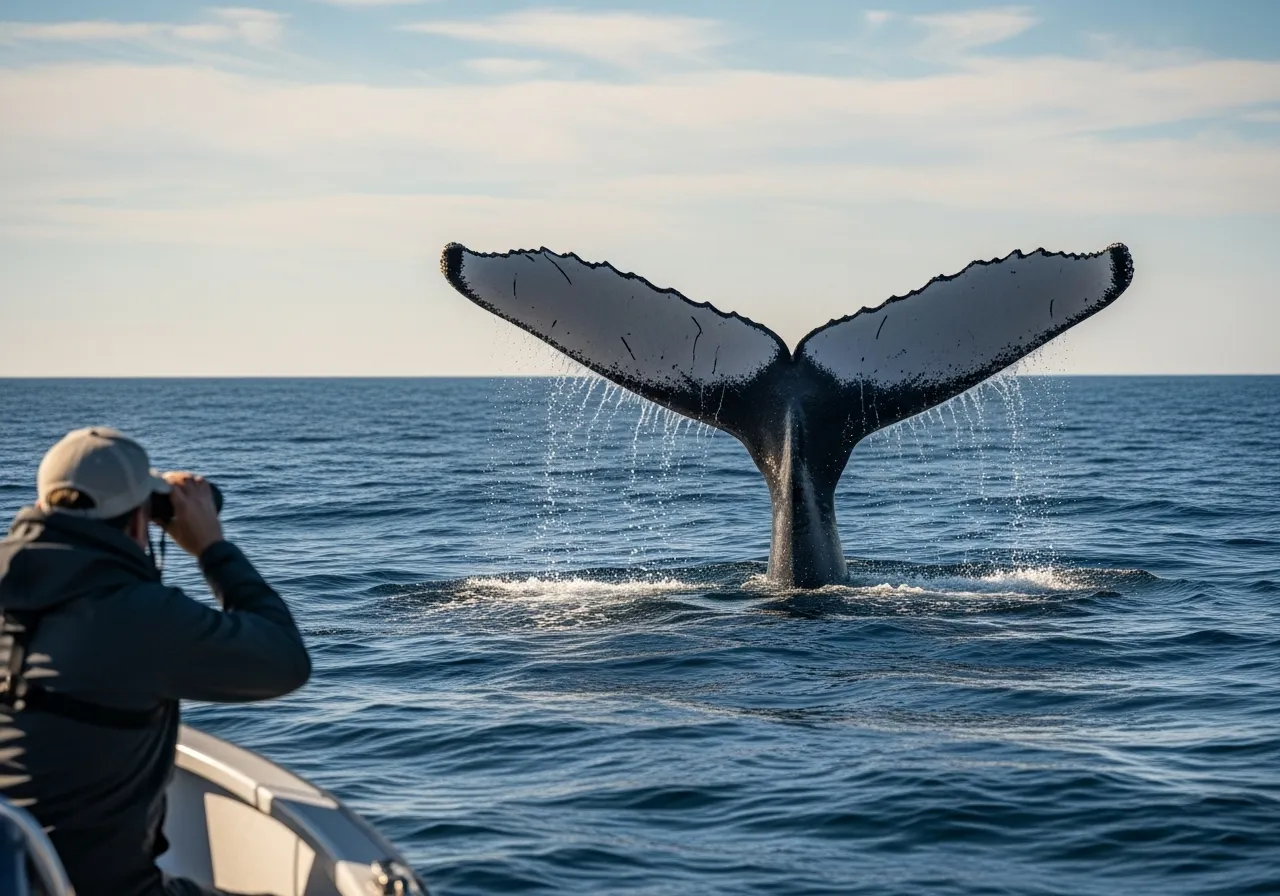
How to Observe Migrations Safely and Ethically
Witnessing a great animal migration is a privilege that comes with responsibility. Whether you are watching cranes from a distance or enjoying seasonal birds in your backyard, following ethical guidelines ensures that wildlife remains wild and safe. The cardinal rule is to observe from a respectful distance.
Maintain Your Distance: Wild animals that seem calm can be experiencing extreme stress from your presence. A good rule of thumb is the “thumb rule”: extend your arm, hold up your thumb, and if you cannot cover the entire animal with your thumb, you are likely too close. Binoculars and spotting scopes are your best tools. They allow you to see incredible detail without disturbing the animal’s natural behavior. Altering an animal’s behavior—causing it to stop feeding, look up at you alertly, or move away—is a sign you are too close.
Never Feed Wildlife: Feeding wild animals is dangerous for them and for you. It can make them dependent on humans, lose their natural fear, and lead to aggressive behavior. Human food is often unhealthy for them and can cause serious illness. This principle also applies to backyard bird feeding: always use appropriate food and keep feeders clean to prevent the spread of diseases like salmonella.
Respect the Habitat: When you are in nature, practice “Leave No Trace” principles. Stay on designated trails, pack out everything you pack in, and never disturb nests, dens, or other sensitive habitats. Be mindful of where you step. Sharing specific locations of nests or dens online can inadvertently lead to disturbance from too many visitors or alert poachers. Enjoy the moment, but be discreet in your public sharing.
Control Your Pets: Always keep pets leashed when in wildlife areas. Even the best-behaved dog can cause immense stress to wild animals or chase them, leading to injury or exhaustion, which can be a death sentence for a migrating animal on the brink of its energy reserves.
By following these simple rules, you become a steward of the wildlife you love. Your quiet, respectful presence ensures that these amazing journeys can continue for generations to come. For specific regulations on public lands, always check with the managing agency, such as the U.S. National Park Service or the U.S. Fish & Wildlife Service.















